With high power lasers, there’s always a safety concern for equipment and people nearby.
(Of course, I’m not qualified to give a detailed analysis of what needs to be taken into account for laser safety. For that, you should consult a laser safety officer.)
I want to specifically ask whether there’s an issue of laser light reflecting off power measuring equipment.
This graph shows the absorption (as a function of wavelength) for various sensor absorber materials used at Ophir:
As you can see, the most common absorber – BB (broadband) – will only absorb about 90% of the beam. What happens to the other 10% of your laser?
Oversimplification
When I ran this by our CTO, he explained that although the sensor absorbs only 90% at first, because of the geometry of the aperture less than 5% is actually reflected. Our 10 kW sensor for example (called “10K-W”) reflects 3.2% and our 30K-W reflects 4.3%.
So if your laser is 20 kW, 860 W (4.3% of the laser) is reflected. Is this okay?
Specular or diffuse?
In order to answer this, we first must recall that there are two types of reflected light:
- Specular
- Diffuse
Specular is the way light reflects off a mirror. A light beam hits it and a similar light beam bounces back.
A tight laser beam bouncing back into the laser equipment or people in the area would be a problem.
The other type of reflected light is diffuse. In this case, the same amount of light comes back, but in many different directions. In other words, the light is scattered.
This is the difference between an 860 W laser beam and 860 W emitted from a space heater.
With the laser, all that energy (or power) is focused into a tight beam. If a person would get in the way of the beam, that could cause serious burns, not to mention eye damage.
But the heater? Just don’t drape your clothes on it and you should be okay.
Scatter Shield for Sensor Backscatter
So now back to our thermal power sensors. Is the 3% or 4% of light reflected back specularly or is it scattered?
The laser is diffused; it’s scattered.
Ok, so now we can rest our case. No need to worry about backscatter with laser power measurement, right?
Yes and no.
While diffuse backscatter – even in the hundreds of watts – is probably not a safety issue, it could be problematic. This kind of power can heat up surrounding surfaces, which could damage surrounding equipment or just be annoying, depending on what your measurement setup looks like.
That’s why we now offer a scatter shield for our 10 kW and 30 kW power sensors. With the scatter shield in place, 70% of the scattered light is reflected back onto the sensor, so now only 1.4% actually escapes. (That’s 280 W instead of 860 W.)
Calibration
The scatter shield reduces backscatter by re-reflecting much of the original backscatter back onto the sensor. This increases the total laser power absorbed by the sensor, which means you won’t read the same value with and without the shield in place.
Because of this, we have a new calibration setting (called a “laser” setting on our meters) for the 10K-W and 30K-W sensors, as explained in this table:
(Remember, although you access the laser setting in your power meter, the choices of settings are determined by the sensor.)
If you already have a 10K-W or 30K-W sensor, you’ll have to send it in to an Ophir service center to get the new calibration setting installed.
Let’s Wrap Up
So what have we learned?
Most Ophir power sensors scatter less than 5% of the beam, which isn’t usually an issue, certainly not for low power lasers.
Using a scatter shield with the 10K-W or 30K-W sensor reduces the backscatter to about 1%.
Have a question about laser measurement and backscatter? Leave a comment!
Flickr creative commons image via astroshots42
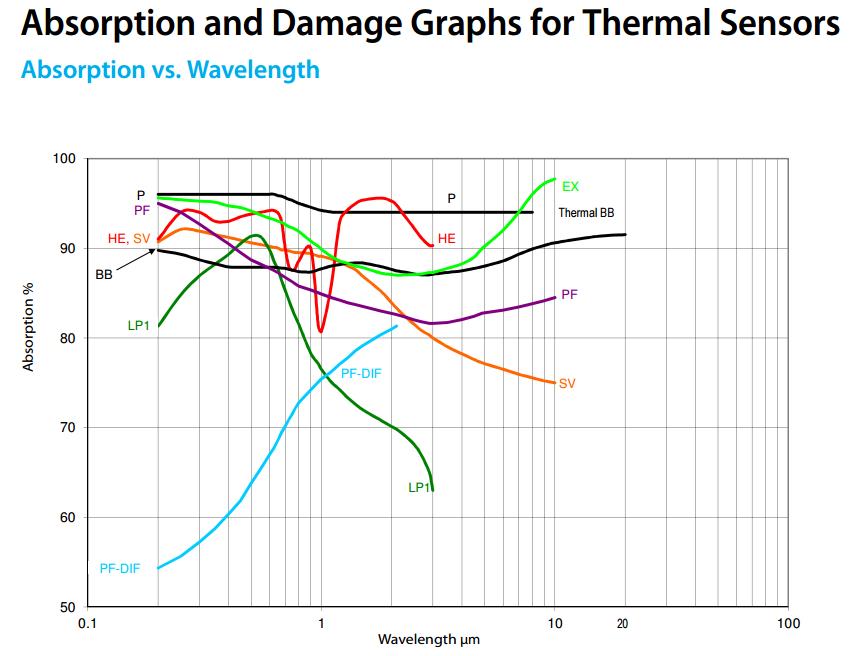

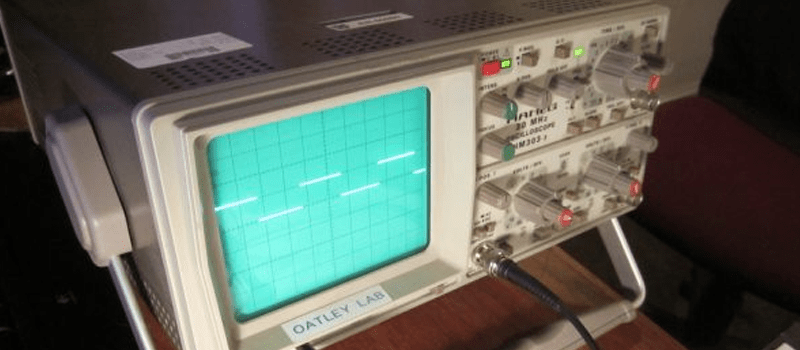




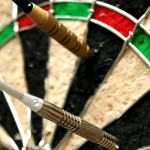
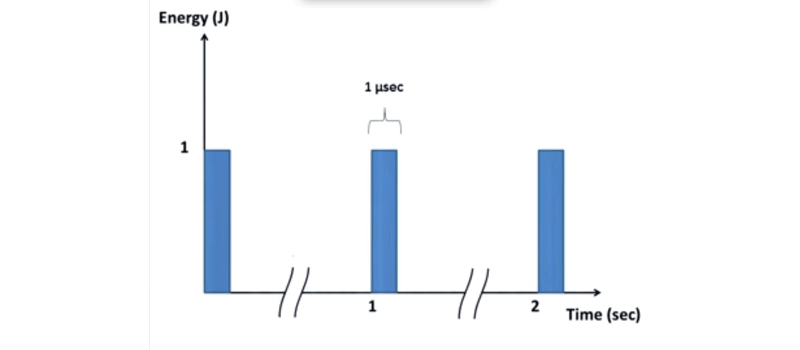
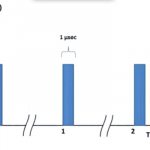


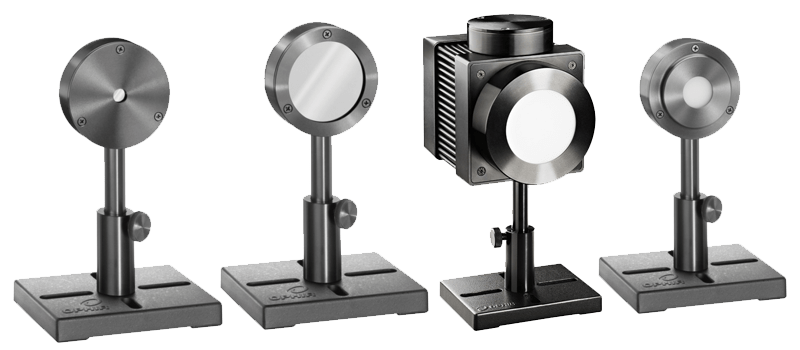

Hi Effy,
very nice article that shows that even with thermal sensors (absorbers) there can be a high risk, depending on the measurement conditions.
The question on LinkedIn was:
Should you be worried about laser backscatter from your sensor?
Followed by the link title:
Should You Be Worried about Laser Backscatter?
Leading to your block titled:
Worried about High Power (10 kW) Laser Backscatter?
I found this a little bit misleading 😉
Nevertheless I would like to note that backscattering could have totally different results, depending on the “quality” of the scattering surface. The power density scattered in to a certain angle of space is most of the time not uniform.
The other point I would like to mention is, you state in the article:
… So now back to our sensors. Is the 3% or 4% of light reflected back specularly or is it scattered? …
I think this kind of wording is capable of being misunderstood:
If for example someone is measuring a 7W, 1kHz, 35fs RegenAmp using your PE25-C (P/N 7Z02937; 50% reflectivity, specular and not diffuse) after reading this article, I as a laser safety officer don’t want to think about the consequences.
I would suggest a clear indication that not all of your sensors show the described behavior and that you have sensors that have much higher hazard potential.
CU Hansjoerg
I see what you mean about the title – that’s what I get when I edit the blog title after already posting in LinkedIn 🙂
That’s a good point you have about our other sensors. Part of the reason I changed the title of the blog post was to indicate that I am only discussing the 10K-W and 30K-W sensors, our high power thermal sensors.
I’ll put a note into the text to clarify this.
Thanks,
Effy